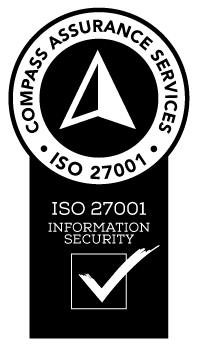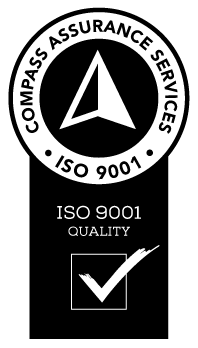Small businesses are often made up of professionals who wear a lot of hats in the business, working together to take on every responsibility and priority. Small business payroll is an important function of any local business. Without a plan and understanding of what is involved, there is the risk that it will not be completed on time or in compliance with the ATO. If you would like to create some rigour around your payroll software for small businesses, our i3Group payroll professionals have compiled a small business checklist.
Who does the payroll for small businesses?
Management and the finance function of a small business will usually be tasked with payroll duties, contributing to an accurate picture of who worked within the pay period and ensuring the correct award and entitlements have been calculated. Of course, this can be a big responsibility for a limited workforce to take on, which is why i3Group has been supporting several small businesses with their payroll. Whether you are looking for a fully managed payroll solution or flexible payroll assistance with part of your payroll, speak to our outsourced payroll professionals today.
Now let’s start that checklist!
1. Record your employee details
When new employees start working at your small business, it is critical that you collect correct and detailed information. This includes the employee’s full name, date of birth, start date, their unique tax file number, the bank account details they wish to be paid into, and their gross wage and allowances. This is going to be entered into payroll software so that pay will be disbursed correctly and the ATO has all the information they need to know what the employee has worked and what they are getting paid.
2. Reconcile bank accounts
Now that the employee has been paid, the small business must reconcile the gross wages of that YTD payment register, and also reconcile the PAYG liabilities that are outstanding. This ensures that the correct information is there for the next Business Activity Statement (BAS). Outstanding superannuation liability for the period (either quarterly or monthly) is also reconciled. When these amounts have been reconciled, then the payroll tax for the month can be reconciled.
3. Introduce Single Touch Payroll
Single Touch Payroll (STP) was introduced in 2019 and has created a streamlined small business payroll experience for both employer and employee. This is how small businesses will report employee tax as well as their superannuation information to the ATO. All modern payroll software will have STP enabled so an employee’s wages, salary, PAYG withholding and super is visible every time they are paid. Incorporating STP does not mean altering your pay cycle, and employers can continue with weekly, fortnightly or monthly payments as they see fit.
4. Reconcile PAYG Withholding
Payroll is certainly a process of continued reconciliation, and this is going to eliminate any surprises in the future and make sure your books are balanced. To reconcile PAYG withholding, you need to:
- Reconcile unpaid PAYG against PAYG liability and balance sheet
- Ensure PAYG paid is correct against the payroll summary YTD tax
- Ensure PAYG paid is correct for the quarter or month
5. Report small business payroll
When your payroll is completed for the pay run, it is now time to prepare your reporting. The payroll payment register summary YTD report is easily accessed through your payroll software, and also prepares your payroll entitlement balance summary. Payslips must also be sent to your employees through email or mail, depending on the employee’s preference.
Prior to payroll systems for small businesses and the support of outsourced payroll professionals, this payroll reporting was an arduous task and one that was often done manually. Failure to prepare these payroll reports and send payslips will put small businesses in breach of ATO compliance.
Perfecting your payroll experience
Payroll for small businesses have a lot of moving parts that can be a challenge for local businesses with limited resources. This checklist is a typical payroll experience and does not include the more complex issues and caveats that can arise within a pay cycle. By working with i3Group, you can hand over the payroll responsibilities to an experienced team who will implement and manage any changes and optimisations so that employees are paid on time, and employers remain compliant and on track.
If you’re interested in how an outsourced payroll provider can help your small business, check out our other resources:
- Payroll Tips For Small Business
- Difference Between A Bookkeeper, Accountant and Payroll Professional
- Legal Payroll Responsibilities To Casual Staff
- Is Your Workers Compensation Subject To Payroll Tax?
- Why Do Companies Pay Fortnightly
- Pros And Cons To Hiring Temporary Staff
- What Is Payroll Tax In Australia?
- A More Comprehensive Payroll Tax Explanation
- Auditing Your Company’s Bookkeeping
- Payroll Best Practices For Growing Teams
- Employee Superannuation Guide
- Single Touch Payroll Preparation
- Employee Resignation Notice Guides
- What Is Cloud Payroll?
- A Guide To HECs And HELP Debts & Payroll
Contact i3Group today to find out what payroll could look like for your small business, and how our modern systems and structures have created success for other small businesses. Call 1300 927 367 today, or book a demo to get a more detailed look!











































Leave a Reply